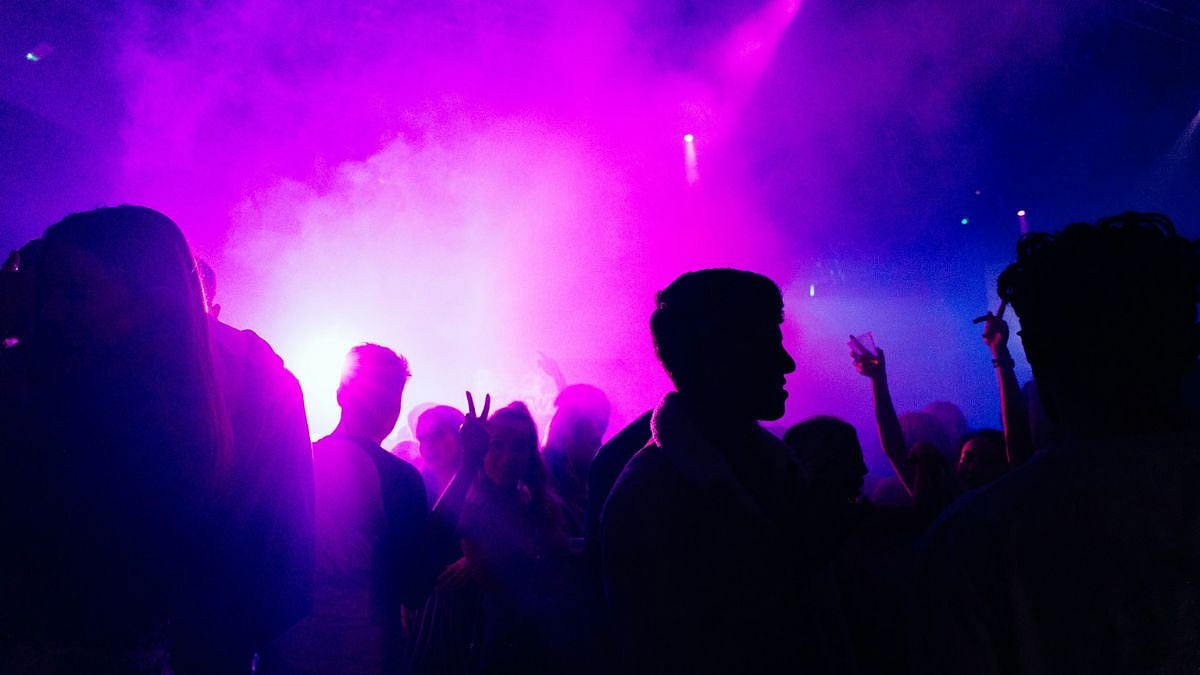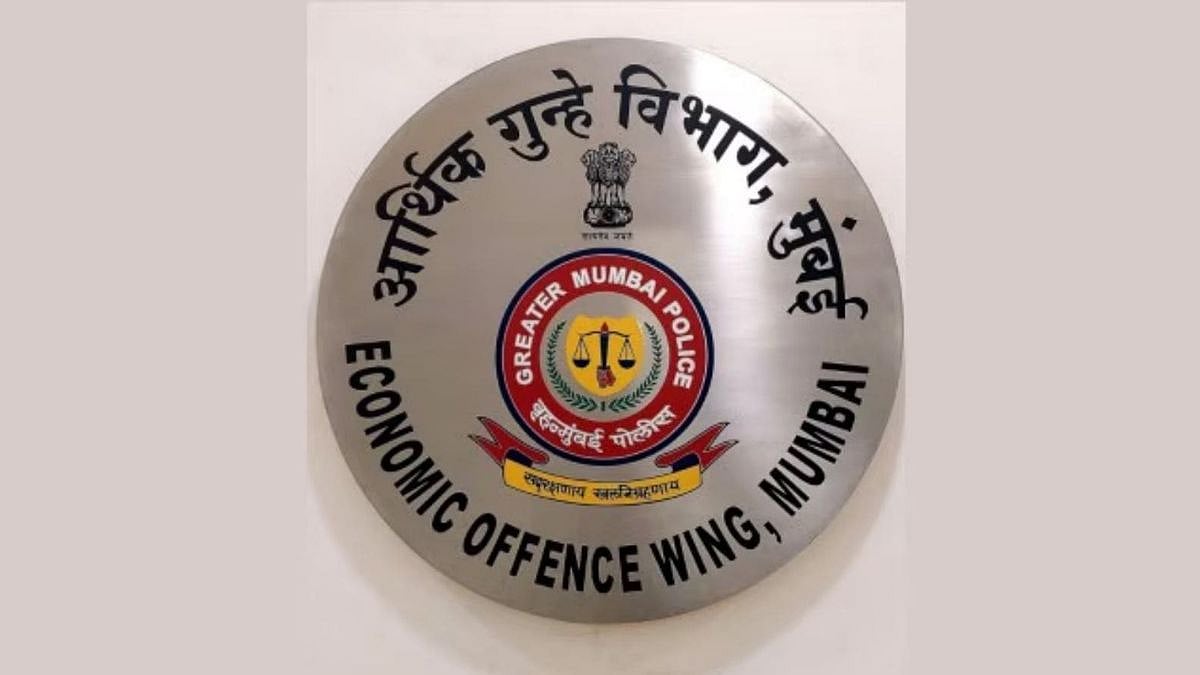The live streaming of Supreme Court cases could see the light of the day before the retirement of Chief Justice of India NV Ramana on August 26 this year.
In fact, the court has plans to ultimately have its own exclusive platform for live streaming of the proceedings. The platform will be open for use by the High Courts and district courts as well.
The e-committee of the Apex Court had earlier set up an expert committee to draft rules for the High Courts to adopt live streaming of proceedings. Presently, the Supreme Court Registry is processing information on such rules adopted by the High Courts, so that the best practices can be incorporated by the top court when it starts live streaming, adds Bar and Bench.
"We don't want to experiment when we do it. We want to make sure that rules governing live streaming address concerns of privacy and delay in live streaming process. Considering there are sensitive matters, we should also make sure intimate and private details can be masked,’’ a highly placed official told Bar and Bench.
The development comes more than three years after the Supreme Court first recommended live streaming of its hearings. On September 26, 2018, a Bench led by then Chief Justice of India (CJI) declared live telecast of court proceedings part of the right to access justice under Article 21 of the Constitution.
The three-judge Bench of then CJI Dipak Misra and Justices AM Khanwilkar and DY Chandrachud had observed in its judgment that “sunlight is the best disinfectant”. It had also directed the administrative side of the court to frame necessary rules and guidelines to facilitate live streaming.
Pursuant to that, the High Courts of Gujarat, Karnataka, Patna, Orissa and Jharkhand had begun live streaming of hearings. The proceedings of all court rooms of the Gujarat High Court are streamed live on YouTube.
According to Bar and Bench, the top court would need budgetary support from the Central government to have its own cloud infrastructure and independent platform, so that it does not have to resort to using YouTube for live streaming.
The Supreme Court e-committee also recommended that the live streaming should be on the court's own server, as opposed to a third party server. The e-committee is headed by Justice Dr D.Y. Chandrachud.





.png)



